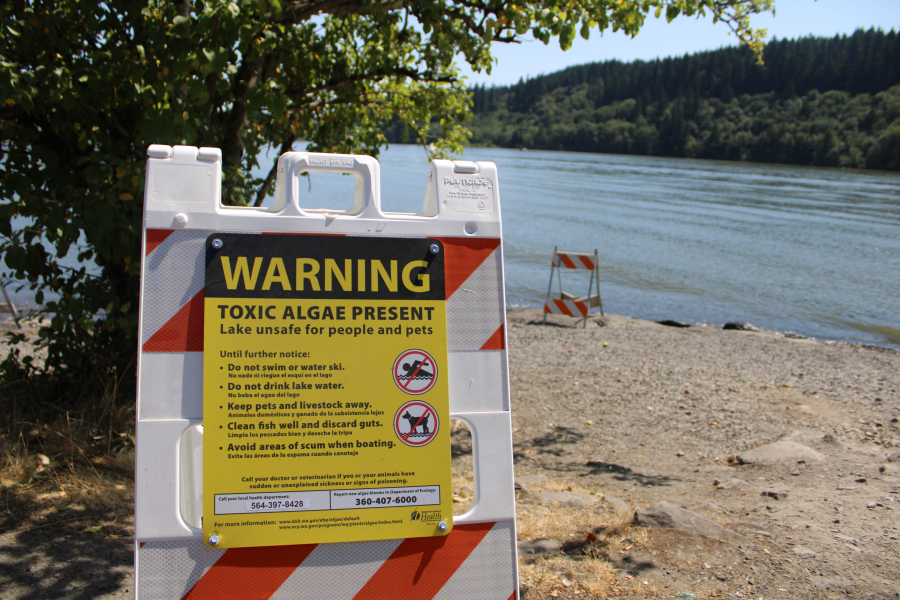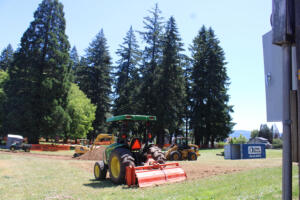With initial research and outreach well underway, Camas officials are now eyeing the start of the second, more extensive, piece of the city’s two-phase lake management plan.
“In mid- to late June, we got started with Phase 1,” Camas Public Works Director Steve Wall told Camas City Council members and Interim Mayor Ellen Burton at the Council’s Aug. 2 workshop.
Wall said the first phase of the lake cleanup plan was meant to establish a firm, research-based foundation that would determine the type of data collection and public outreach needed in phase two and for long-term water quality management within Camas’ Lacamas, Round and Fallen Leaf lakes.
“The idea wasn’t to just jump in and make assumptions about what we think may or may not work,” Wall told city officials on Aug. 2. “We want to base this on the science. We have to figure out what’s going on (with the lakes’ water quality) and what the current conditions are.”
In November 2020, the council voted unanimously to form a Lacamas Creek watershed committee to investigate and advise the city on water quality topics related to the Lacamas Creek watershed and approved spending up to $300,000 — funded by the city’s stormwater utility fund and available grants — to create lake management plans for Lacamas, Round and Fallen Leaf lakes, establish water quality goals and develop strategies that will improve the lakes’ water quality and, eventually, help prevent toxic algae blooms.



